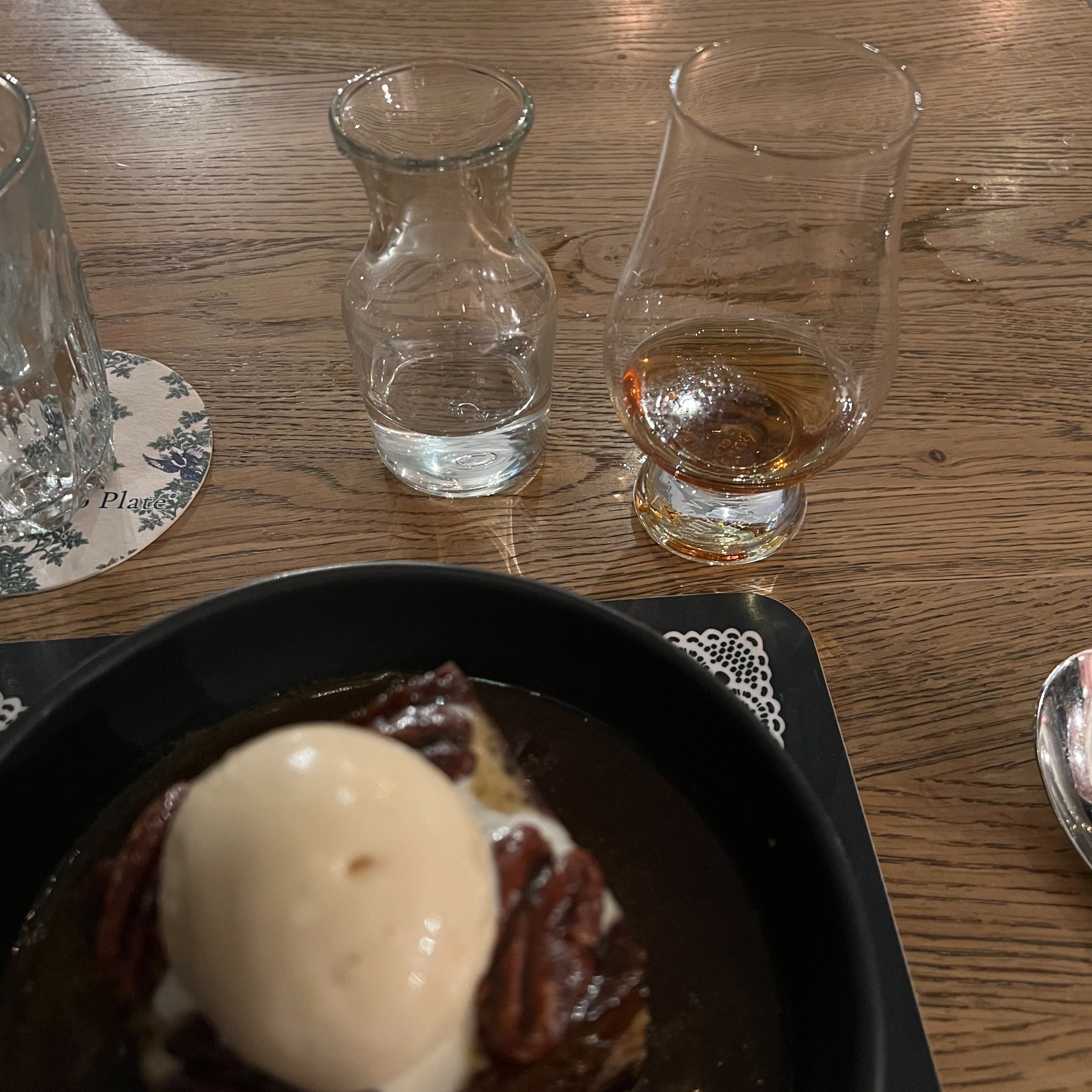A Wine Lover’s Take on Scotch in Edinburgh
What’s a wine lover to do in Scotland? Explore Scotch, of course!
Like many wine lovers, I try to drink local while traveling. Sometimes that means not drinking wine at all. (That’s a tiny lie—I had a few glasses of Champagne in Edinburgh, too. Champagne with fish and chips is a perfect pairing.) Sometimes drinking local means tasting beverages you’ve never had or rarely have. When I’m in Krakow, I drink vodka. In Munich, lager. And now whenever I visit Edinburgh, I will have my new favorite spirit: Scotch.
It’s my new favorite because, as I learned, it has a lot in common with wine. I’ve tried many spirits over the years and I feel confident in saying that Scotch has the most interesting and complex flavor profiles, just like wine. I’m not sure if the Scottish use the term “terroir,” but each Scotch region offers a different perspective, aka terroir in wine terms. It is also stellar with food, yet another similarity.
Whether you’re planning a trip to Scotland or just want to try something new, here’s why you should give Scotch a shot.
Complexity and nuance
Whether you love diving into wine’s layers of flavors or comparing different wines’ profiles, it’s time to check out the world of single malt Scotch. To understand the range of notes in Scotch whiskies, I visited the SCOTCH Bar at The Balmoral Hotel for their Ambassador’s Selection tasting. The SCOTCH Bar offers several private, guided tastings with Scotch experts. While these experiences are a splurge, the range of whiskies, including rare bottles, make these a must-do in Edinburgh.
During my experience, I tasted whiskies of several styles, ages, and regions. The lightest of the group was a 30-year, single-grain whisky from Fragrant Drops by North British Grain Distillery. Its flavors were bright and crunchy: green apple, rhubarb, plum, and orange. This profile would be ideal for lovers of Sauvignon Blanc, fino Sherry, and white Bordeaux. On the other end of the spectrum, my favorite whisky of the trip was Black Art Edition 10.1 from Bruichladdich Distillery. Aged 29 years, this is a full-body and full-flavor whisky with a profile similar to Port wine: caramel, coffee, dark chocolate, and dried cranberries.
Both of these whiskies are good examples of the value of SCOTCH’s experiences. This specific Fragrant Drops is one of only 201 bottles, and this Black Art edition sells for over $500 for a bottle. For these two bottles alone, the experience was a steal!
Terroir and craft
Like wine, Scotch is divided into regions. There are five: Campbeltown, Highland, Islay, Lowland, and Speyside. Each of these regions showcase different elements of Scotland and Scotch. For example, Islay is an island known for heavily peated whiskies. In contrast, the Highland is a large region that includes salty, coastal whiskies. Like wine appellations, there’s variation across regions and within regions themselves.
In addition to sense of place, there are a number of production choices that distillers make to impact the final profile. Like wine, there are a range of barrel decisions. Interestingly, a lot of Scotch is made in barrels previously used for other alcohols, including Sherry and even Barolo. At SCOTCH I shared my love and knowledge of wine—and let my tasting abilities shine, too. Not to brag, but I think I impressed them! At the very least, I intrigued them enough to share an additional Scotch with me. Aged in Barolo casks, Tomatin’s 12-year, 2010 whisky from the Highlands was another trip highlight. The casks added Barolo’s signature cherry, tar, and rose notes to the whisky. Such a treat!
Another production choice that dramatically impacts final product is peat. As World Whisky Day explains, “Peated whisky is given a smoky flavor by compounds [that] are released by the peat fires used to dry malted barley. The length and intensity of exposure to the peat smoke dictates the strength of this flavor, as do the characteristics of the peat itself.” Although I personally prefer unpeated whisky, peat and peated whisky are important to the history of Scotland and therefore important to understanding Scotch. I highly recommend trying at least one!
Exciting food pairings
My favorite part of the drinks world is pairing with food. Like with wine, the most delicious pairings depend on region and style. You can loosely follow the same rules of the road of wine pairings. Light whiskies with lighter foods, bolder whiskies with bold foods, etc. You can tell a lot by color, just like with wine. You’ll also never go wrong with the cardinal rule: what grows together, goes together.
For a light whisky from a coastal region, British cheddar is the perfect choice. Fish and chips would be delightful, too. Peated whisky needs a hearty meat dish like beef steak or stewed lamb. Deeper whiskies with caramel flavors work with desserts like banoffee pie, chocolate cake, and cinnamon rolls. At The Scran and Scallie in Edinburgh, I indulged in one of the best pairings I’ve ever had: sticky toffee pudding with Edradour 10 year. It was rich, decadent, and luxurious. If you venture to Scotland to try Scotch, put The Scran and Scallie at the top of your list.





